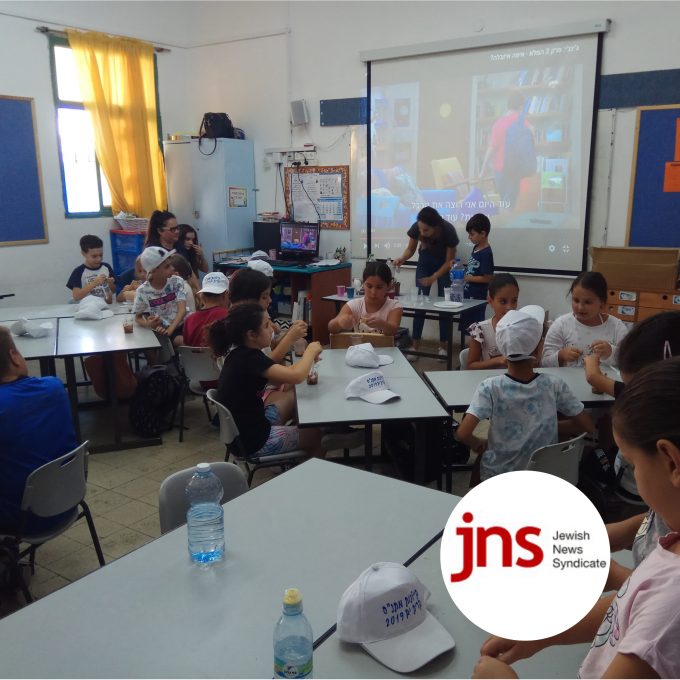21 April 2005 For the first time ever, the leaders of the French Jewish umbrella organisation CRIF have visited an ORT school. For the first time, a large group of ORT students from Europe will join their Israeli peers in the March of the Living, an annual journey to Poland by Jewish teenagers to commemorate Israel’s Holocaust Remembrance Day (Yom Ha’Shoah). More than 300 students from ORT schools in the former Soviet Union, France and Italy will join many more from ORT and other schools from around the world for the event, on 5th May. They will march together from Auschwitz to Birkenau, the Holocausts largest concentration camp complex. Some will then go to Israel to observe Yom HaZikaron (Israel Memorial Day) and Yom Ha’Atzmaut (Israel Independence Day). The ORT students have a packed schedule for the rest of their four-day stay in Poland, including the extermination camp at Treblinka, the Warsaw ghetto and the historic city of Krakow. ORT children have been going on the March of the Living every year mainly from Israel and France. This time they will be marching together as representatives of ORT, said Judah Harstein, World ORTs Head of Jewish Education. To help them prepare for their visit, World ORT has prepared a workbook of archive material, including testimony and photographs, describing ORTs role in the area during the Holocaust . ORT had thousands of students and trainees in Poland before the German invasion of 1939 but managed to resume operations under occupation. The students will be visiting the area where the events as described in the workbook took place, Mr Harstein said. We feel that this insight will help the ORT students and teachers to relate in a personal way with the history of the period, and to appreciate the vital role in which their organisation played. In Warsaw, for example, ORT set up workshops that provided material and psychological sustenance for hundreds of Jews directly and thousands more indirectly. In the workbook, Rachel Gurman, who was the secretary of the Central Committee of ORT in Poland until the eve of the Warsaw ghetto uprising, describes the positive effect ORT had. ‘It wasn’t a secret to anybody that the ghetto’s complete liquidation was scheduled for the spring of 1943, she said. But ORT continued its activity. A hiding-place was arranged and there was always a guard at the door to warn the workers of the approach of danger, so that they could hide in the garret. But even under these conditions ORT remained a sort of an oasis; we sang while we worked, we read Sholem Aleichem

ORT students on March of the Living
21.04.05




